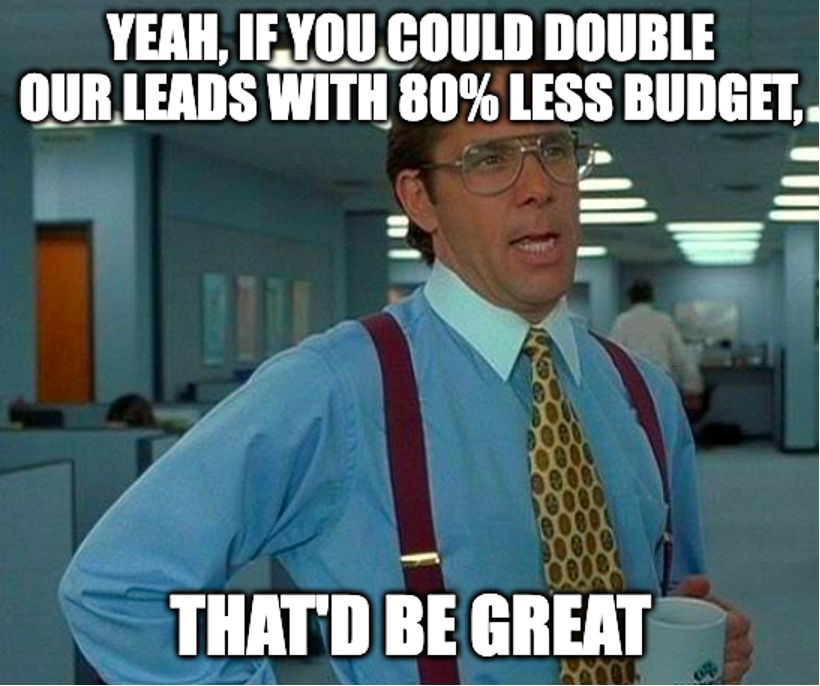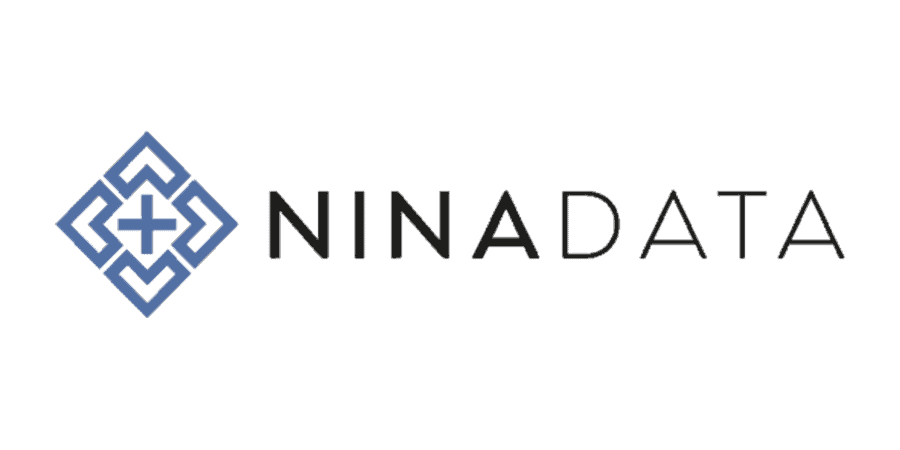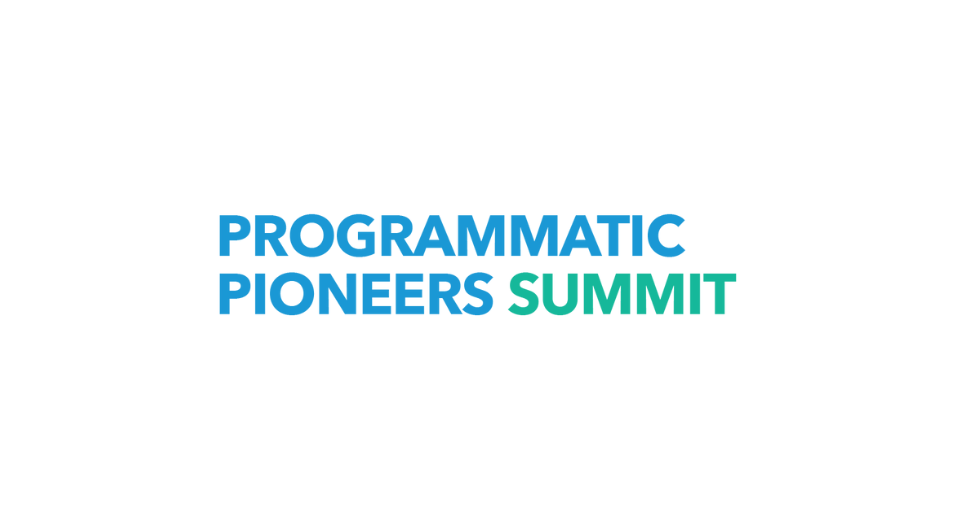
Meet us at MWC Barcelona 2023
February 23, 2023
Equativ Integrates NinaData’s Generative AI Audiences to Enhance Consumer Buying Intent Prediction
October 19, 2023“It’s absolute carnage out there”
“It’s absolute carnage out there!” – How to make your (shrinking) budget go further with contextual advertising
It’s all a bit tense in the advertising world right now, isn’t it? With the uncertain economic situation, your CFO may have slashed your marketing budget and told you that Marketing’s ROI needs to go up. “Do more with less” is essentially what you’re being told. Of course, we know it doesn’t work that way, but here are some ways that contextual advertising can help you drive results with less budget.
It’s a typical response – inflation and higher interest rates make consumers and businesses consume less – so your company’s revenue drops, and you’re forced to cut your budget.
Getting your marketing budget cut is always painful and often misunderstood – after all, marketing and advertising drive sales, which drive business growth. It seems like a weird, contradictory move to cut marketing and ad spending, like shooting yourself in the foot, yet it happens all the time.
And it’s been proven that brands that cut marketing spend during recessions actually end up losing 15% of their revenue in the future, according to this study.

And in the spirit of Murphy’s Law, Google is also sunsetting cookies pretty soon, and the implementation of Apple’s App Tracking Transparency (ATT) framework has created a fresh challenge for advertisers – only around 13-15% of people are now opting in to being tracked via IDFAs. So, there’s a lot going wrong right now, leading to one CMO we spoke to telling us, “It’s absolute carnage out there!”
So when your marketing and advertising budget is slashed, you need to optimise your spending and processes to come out on top. Fortunately, the industry-wide shift towards privacy means that advertisers shouldn’t be starting from scratch; contextual advertising, for example, has seen a resurgence over the last couple of years in response to privacy advancements and has generated great ROI.
Keep reading to learn how contextual advertising can help you optimise your marketing and advertising tactics during an economic downturn.
Maintain brand presence with a low budget
Completely cutting advertising budgets will make you disappear – this we know – but how do you prevent your customers from feeling abandoned, and how do you stop your competition from dominating the share of voice with a reduced budget?
The answer lies in contextual advertising. Instead of chasing your customers around the internet with ads driven by behavioural data captured by third-party cookies, contextual advertising focuses on the context of the environment in which ads will appear. This helps you remain top of mind with people that are already interested in your business segment.
Contextual advertising platforms use Machine Learning (ML) and Artificial Intelligence (AI) to analyse any type of content (text, images, video) on a webpage and recommend the optimal placements for your ads based on the content types found within the page structure, while avoiding hazardous or negative content. It’s a way of programmatically purchasing digital advertising that is more user-centric and maintains anonymity.
Essentially, instead of targeting customers based on their past behaviour, contextual advertising helps you connect with them based on their current frame of mind.
For example, if you’re an automotive company, you should run campaigns targeted at automobile web content and intent pages only, where audiences research specific auto products. Then you can extend your reach by targeting apps with similar features.
Contextual advertising can precisely target ads with over 90% accuracy
With state-of-the-art AI, Natural Language Processing (NLP) and finely-tuned language models, you can achieve a high level of understanding of any web page’s intent. This allows a semantic-based contextual platform to optimise the selling of ad inventory by matching URLs to a viewer’s predicted intent based on page-level context.
This, in turn, allows advertisers, ad agencies and marketplaces to precisely target ads with over 90% accuracy without using browser cookies or any other form of personal identifiers. The result is a privacy-friendly, end-to-end platform that provides clients with a publisher-independent web crawler, an application layer, campaign management and an analytics layer.
Contextual advertising is more cost-effective than behavioural targeting
This Adage study shows that contextual targeting was more efficient than behavioural targeting in cost-per-click (CPC); cost-per-viewable impression (vCPM); and the cost associated with reaching the intended demographic of the brand (eCPM), according to the study; “CPM” refers to the cost of showing an ad a thousand times.
Specifically, the average CPC cost was $.80, while CPCs for behavioural targeting came in at $1.53. The cost-per-viewable impression was also 41 per cent less than behavioural targeted ads ($5.85 versus $3.44 on a vCPM basis). Meanwhile, contextual eCPMs, on average, cost $4.36 — about 36 per cent lower than behavioural eCPMs ($6.85).
And we’ve seen this in our work, too. With the e-commerce app Dealdash, we were able to increase ROAS by 125% and decrease its CPA from $65 to $40. Or in this case study we did with Tap Native, our buying intent engine recognised 350,000 URLs with > 90% relevance, which led to its CTR increasing by 300%, CPC reducing by 40%, and ROAS increasing by 70%.
Operating on a shoestring budget doesn’t always mean lower results
By now, you hopefully have an idea of how contextual advertising can help your brand do more with less. If you’re interested in learning more or getting started with our advanced and easy-to-use contextual advertising platform, get in touch!


